This is far from a complete answer, but in my mind's eye seems like it could help you:
Instead of drawing curves from the start to the end point of the entire line, consider subdividing your board into a evenly spaced grid. Each square of one column of the grid is entitled to have one point of one curve in it, and you'd steadily advance from left to right (at first? for simplicity's sake.).
The randomness would come into play by picking a square for a curve - to prevent it from getting too chaotic, you could give this randomness bounds, say, "you're not allowed to pick a square that (if a distance from square to square is considered 1) violates abs(current vertical position - new vertical position) <= 5 unless none such is free anymore at this point" or some other arbitrary restraint. ("unless none such is free anymore at this point" is important, otherwise it's possible to lock yourself into an unsolvable state.)

(Sorry, drawing curves with my mouse -> worst/no interpolation ever. Catmull-Rom interpolation will probably be your friend here, though, I imagine.)
The display should be loose enough given that your curve points cannot arbitrarily scatter together given a grid, but it's probably very difficult to get the curve to connect to the end point 'fluidly' - might be a good solution if you don't mind arbitrary end points, though, read as, the algorithm can decide for itself where it wants the line to end.
Think this idea might help you with your curves?




